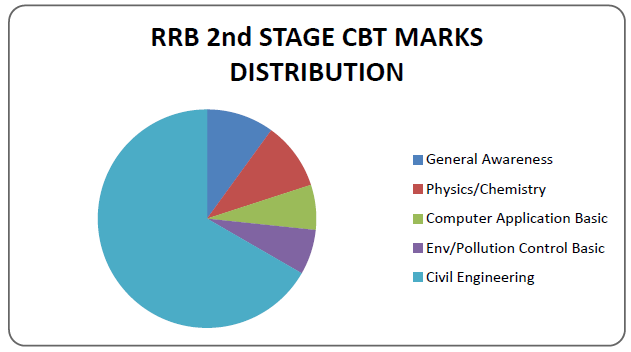NUMERICAL ON SOIL CLASSIFICATION
1. Numerical of Gopal Ranjan and AS RAO Book.
Given Details as shown below in the numerical. We need to classify the soil as per indian Standard.
| Sieve Size (mm) | Percent Finer | ||
| Sample 1 | Sample 2 | Sample 3 | |
| 4.75 | 100.00 | 1001 | 100 |
| 2 | 100.00 | 99.25 | 100 |
| 1 | 99.80 | 98.75 | 99.9 |
| 0.45 | 99.65 | 98 | 99.7 |
| 0.212 | 98.95 | 54.15 | 90 |
| 0.15 | 97.55 | 7.6 | 81.5 |
| 0.075 | 96.85 | 6 | 63 |
| wL | 23.00 | '---- | '--- |
| wp | 16.77 | '---- | '--- |
| IP | 6.23 | Non Plastic | Non Plastic |
Sample 1.
A. Look at the % finer in 0.075 mm sieve (75 micron sieve)
Which in this case is 96.85 (marked Red) As this fraction is greater than 50 % so soil is fine grained soil and we need to look in to Liquid Limit and Plastic Limit of the soil sample.
B. Liquid limit and Plastic limits are given.
wl=23.00
wp = 16.77
Plasticity Index = 6.23 (Given)
In the plasticity chart the Liquid Limit and Plasticity Index will be plotted somewhere marked hatched in the image.
Image is taken from (http://ecoursesonline.iasri.res.in/mod/page/view.php?id=125128)
So for the Sample Dual Symbol will be used.
Sample will therefore will be classified as CL-ML.
Sample 2
A. % Finer of 75 micron sieve Size is 6.00 which is less than 50 %. Hence sample will be coarse grained soil.
B. % finer than 4.75 mm is 100.00 (Given) which is greater than 50 %. Hence sample will be sand.
C. Now we need to look in to the Grain Size Curve.
Grain Size Curve is as Follows :-
Grain Size Curve is as Follows :-
It can be easily observed from the Grain Size Distribution Curve that
for Sample 2 :-
D60 = 0.22 mm. D30 = 0.19 mm, D10 = 0.16 mm
Cu = D60/D10 = 0.22/0.16 = 1.38. (Which is less than 06.
Cc = (D30*D30)/(D60*D10) = (0.19*0.19)/(0.22*0.16)= 1.03
For a soil to be well graded Cu > 6 & 1<Cc<3. Both these two conditions should satisfy simultaneously.
so First Part is SP.
Also % Finer passing 75 micron is 6 % which lies between 5% and 12 %. However it is also given that fines are Non Plastic. SM will be the classification.
Hence Sample 2 will be SP-SM.
Sample 3
Step 1. More than 50 5 of soil is passing through 75 micron sieve. (63 % Given). Soil is either clay or silt.
Step 2. Liquid Limit and Plastic Limit is not Given and soil has been described as Non Plastic. So Classification will be termed as ML
















